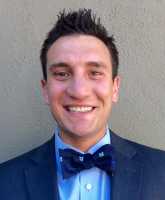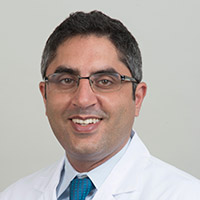Author Interviews, Cancer Research, Dermatology, JAMA, UCLA / 22.11.2016
Squamous Cell Carcinoma of Lip Predominantly Affects White Men in Their Mid-60s
MedicalResearch.com Interview with:
Albert Yoon-Kyu Han, PhD
Class of 2017
Medical Scientist Training Program
David Geffen School of Medicine at UCLA
MedicalResearch.com: What is the background for this study? What are the main findings?
Response: Squamous cell carcinoma (SCC) of the lip makes up a large portion of oral cancers (25%). Most of the demographic and prognostic indicators for lip SCC are only available through retrospective case series. Thus, we used the national cancer database (Surveillance, Epidemiology, and End Results, or SEER) to examine the incidence, treatment, and survival of patients with lip SCC.
The main findings of this study were that lip Squamous cell carcinoma predominantly affects white men in their mid-60s. We also found that the determinants of survival for lip SCC include age at diagnosis, primary site, T stage, and N stage. More specifically, on the primary site, SCC of the upper and lower lip had similar survival, whereas SCC of the oral commissure was associated with decreased survival.
(more…)







